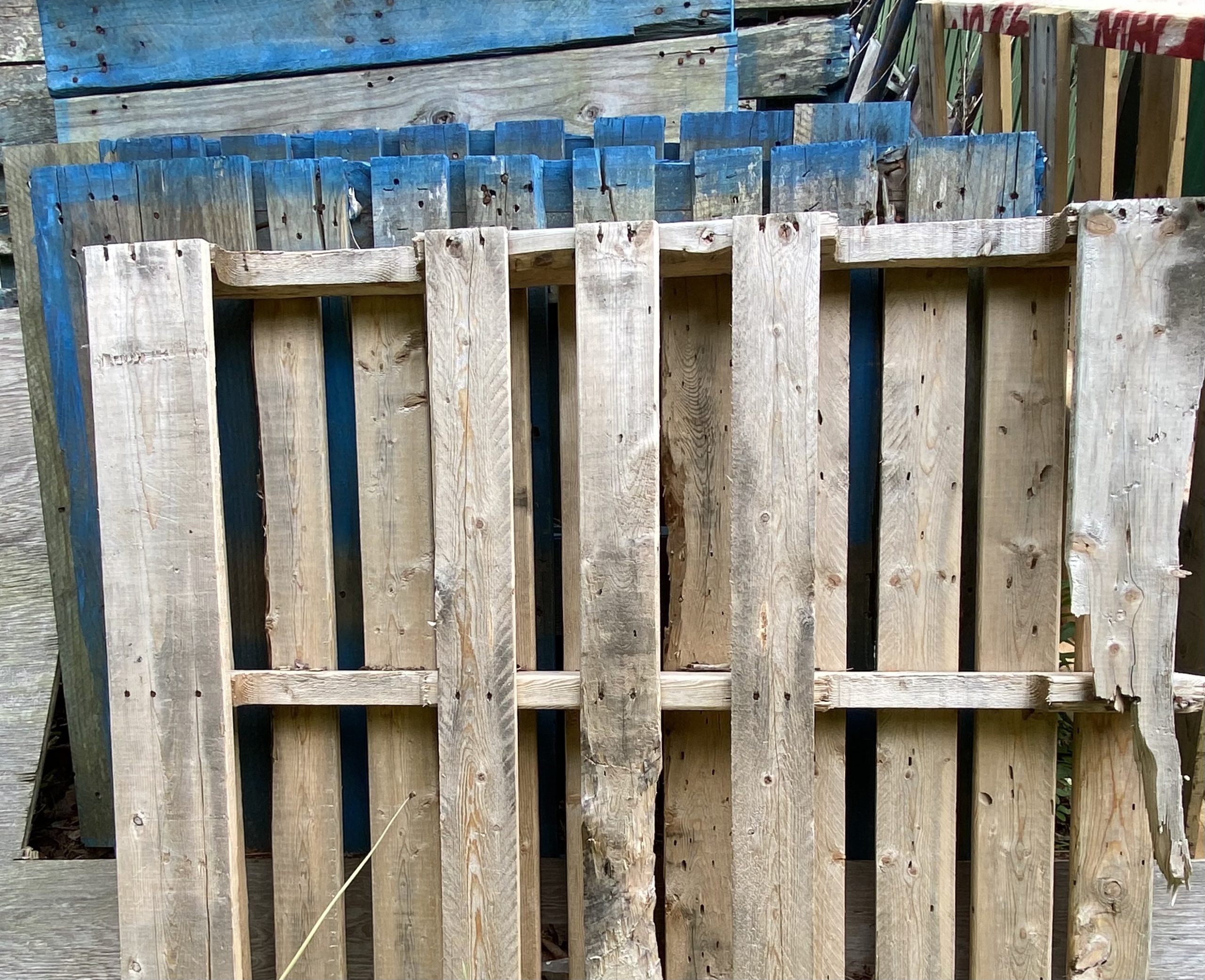It’s easy to overlook something as basic as a pallet. After all, it’s just a platform to move goods… until it becomes the reason your high-density racking system grinds to a halt.
In dynamic storage environments that require sophisticated systems like pallet flow racking, the humble pallet plays a starring role. A warped board or broken bottom deck doesn’t just pose a safety risk—it can sabotage your system’s performance, create delays, and increase costs.
High-Density Systems Rely on Precision
In selective racking, a slightly damaged pallet may not be a big issue. But in systems like pallet flow racking whether wheels or rollers, small variances make a big impact. These systems rely on smooth, uniform movement and aligned interfaces. A bad pallet doesn’t just slow things down—it can disrupt an entire lane.
Pallet flow systems are designed to maximize space and efficiency, but they also assume one critical factor: that an organization’s pallets are in good condition.
The Engineering Behind Good Pallet Quality
Poor-quality pallets can cause:
– Pallets to jam or drift sideways
– Product damage from pallets drifting into upright frames
– Increased wear and tear on components
– Worker safety risks when clearing blockages
These aren’t minor issues. A jammed pallet deep in a pallet flow lane can shut down an entire aisle, forcing manual intervention, unloading, and sometimes even dismantling part of the system to correct it.
The Cost Is More Than Just Time
When evaluating the cost of your racking system, consider the true cost per pallet stored, which includes not just the structure but the operating environment: labour, downtime, equipment use, and product loss. A high-density system’s ROI depends on consistent throughput, and bad pallets undermine that.
The math speaks for itself: one system layout in a freezer warehouse showed how pushback racking could cut floor space nearly in half while storing the same number of pallets. But that efficiency collapses if the system can’t be trusted due to jammed or damaged pallets.
Today’s supply chain trends are compounding the problem:
– Lighter, weaker packaging designed to reduce shipping costs also makes pallets more fragile.
– More SKUs and fewer pallets per SKU require more racking changes and movement.
– Tighter warehouse footprints, with less room for error or downtime.
– FIFO enforcement, especially in food, pharma, and regulated industries.
These trends make pallet quality a technical concern, certainly, but also a business risk.
What Makes a Pallet “Pallet Flow-Ready”?
In high-density dynamic systems, the best pallets:
– Have consistent dimensions, especially bottom board spacing and length
– Maintain load integrity under dynamic movement
– Avoid broken boards, protruding nails, or softwood boards that collapse
– Are inspected regularly and rotated out when damaged
There is also the weight of the load itself. If the goods weigh over a certain amount, you need to be certain the pallet is of sufficient quality to handle them.
While wood pallets are still most common, some high-volume facilities are exploring plastic pallets for their uniformity, though the upfront cost is higher. Your best choice depends on your system configuration and throughput.
“The design of the plastic pallet is crucial,” says Kevin Minkhorst, CEO of 3D Storage Systems. “As many out there have ribbed bottom surfaces that will prevent a pallet from rolling. Make sure you have the Pallet Flow manufacturer test the suitability of your pallets before (a) purchasing the pallets and (b) buying the flowrack system.”
Protect the Investment
A pallet flow racking system is a significant investment, designed to cut costs, save space, and increase efficiency. But it’s only as reliable as the pallets running through it. As Kevin Minkhorst often explains: “A single poor-quality pallet can undo all the gains you’ve made with a high-performance system.”
The bottom line? If you’re serious about storage efficiency, don’t overlook the platform beneath your product.

